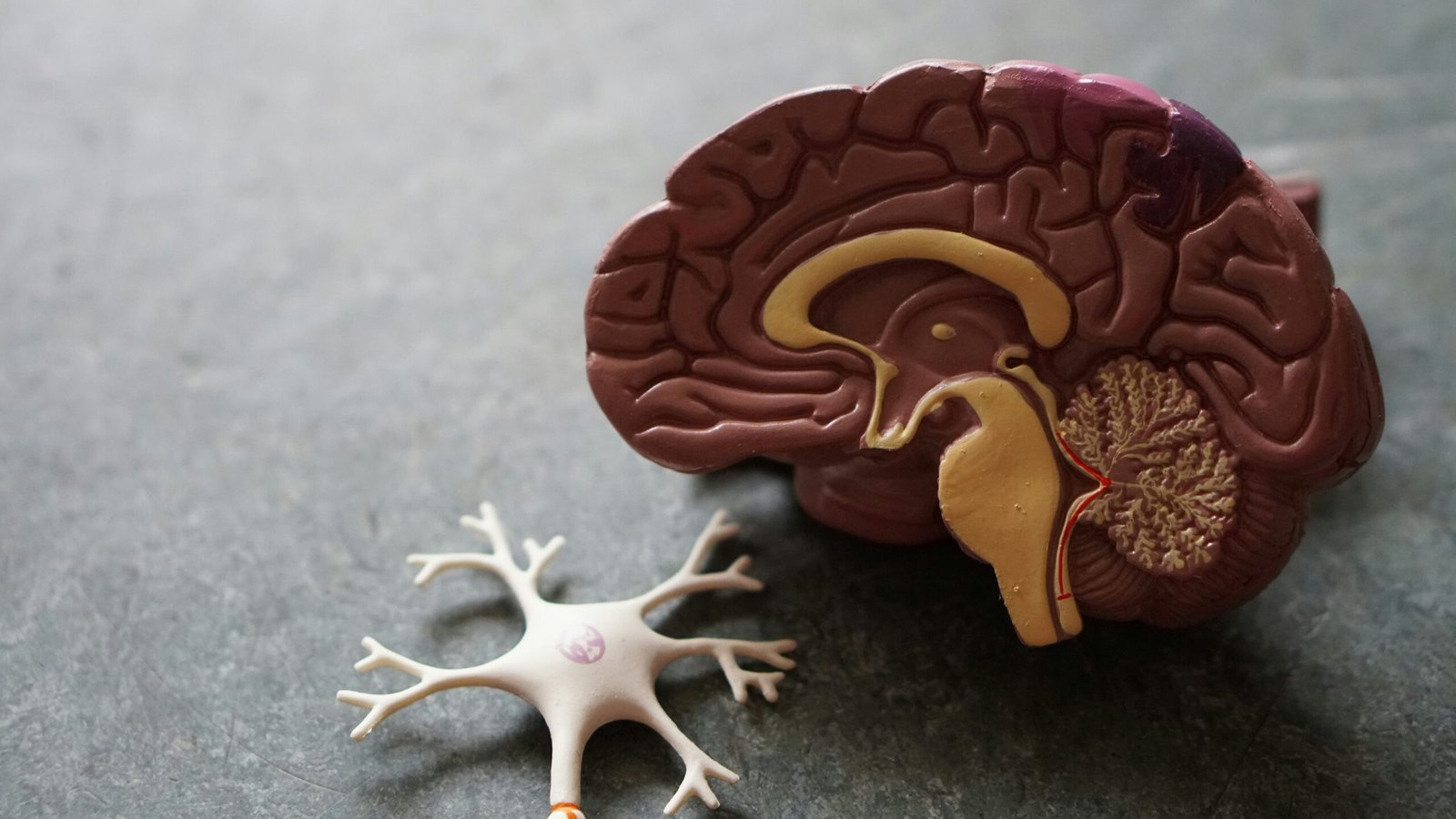The Vagus Nerve: A Key to Wellness
In recent years, the concept of vagus nerve stimulation has gained significant attention in the wellness community. This trend revolves around the idea of stimulating the vagus nerve to counteract the body’s fight-or-flight response and promote a sense of calm. Let’s delve deeper into what the vagus nerve is and how this wellness trend works.
Understanding the Vagus Nerve
The vagus nerve, also known as the tenth cranial nerve, is the longest and most complex nerve in the human body. It originates in the brainstem and extends down to various organs, including the heart, lungs, and digestive system. The word “vagus” means “wandering” in Latin, which perfectly describes the nerve’s extensive network throughout the body.
The vagus nerve plays a crucial role in regulating many bodily functions, including heart rate, digestion, and even emotional responses. It is responsible for the parasympathetic nervous system, which is often referred to as the “rest and digest” system. When activated, the parasympathetic nervous system helps the body relax and recover from stress.
The Fight-or-Flight Response
When faced with a perceived threat or danger, the body initiates the fight-or-flight response. This response triggers a cascade of physiological changes, such as increased heart rate, rapid breathing, and heightened alertness. While this response is essential for survival in dangerous situations, it can be detrimental when activated excessively or chronically in response to everyday stressors.
Chronic activation of the fight-or-flight response can lead to various health issues, including anxiety, high blood pressure, and digestive problems. This is where vagus nerve stimulation comes into play.
Vagus Nerve Stimulation
Vagus nerve stimulation involves techniques or devices that activate the vagus nerve to promote relaxation and counteract the fight-or-flight response. There are several methods through which this can be achieved:
1. Breathing Exercises
Deep, diaphragmatic breathing is a simple yet effective way to stimulate the vagus nerve. By taking slow, deep breaths, you activate the parasympathetic nervous system and send signals of relaxation to the brain. Practicing deep breathing exercises regularly can help reduce anxiety and promote a sense of calm.
2. Meditation and Mindfulness
Meditation and mindfulness practices have been used for centuries to promote mental and emotional well-being. These practices involve focusing one’s attention on the present moment, which can help activate the vagus nerve and induce a state of relaxation. Regular meditation or mindfulness practice can have long-term benefits for overall wellness.
3. Vagus Nerve Stimulation Devices
Advancements in technology have led to the development of devices specifically designed to stimulate the vagus nerve. These devices, such as vagus nerve stimulators, deliver electrical impulses to the nerve, promoting relaxation and reducing stress. However, it’s important to consult a healthcare professional before using any such device.
The Benefits of Vagus Nerve Stimulation
Vagus nerve stimulation has been associated with several benefits for overall well-being. Some of the potential advantages include:
1. Stress Reduction
By activating the vagus nerve, stress levels can be significantly reduced. This can have a positive impact on both physical and mental health, promoting a greater sense of calm and relaxation.
2. Improved Digestion
The vagus nerve plays a crucial role in digestion, and stimulating it can enhance digestive function. This can help alleviate issues such as bloating, indigestion, and irritable bowel syndrome (IBS).
3. Enhanced Mood
Activation of the vagus nerve has been linked to the release of neurotransmitters such as serotonin and dopamine, which are associated with feelings of happiness and well-being. By stimulating the vagus nerve, individuals may experience an improvement in their mood and overall emotional state.
Conclusion
Vagus nerve stimulation is a wellness trend that focuses on activating the vagus nerve to counteract the fight-or-flight response and promote a sense of calm. By incorporating techniques such as breathing exercises, meditation, or using specialized devices, individuals can potentially reap the benefits of reduced stress, improved digestion, and enhanced mood. However, it’s important to approach this trend with caution and consult a healthcare professional before trying any new methods or devices.




































